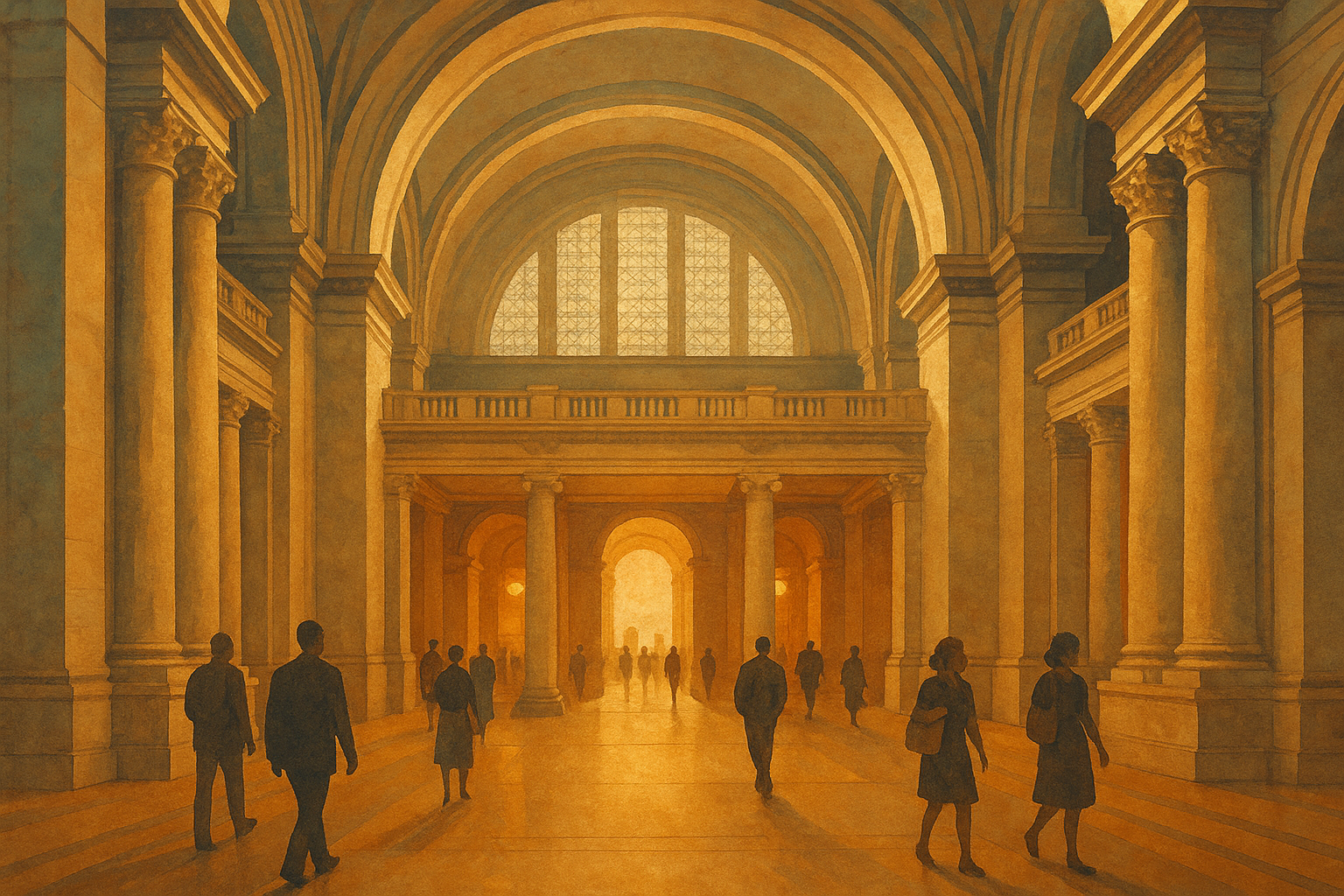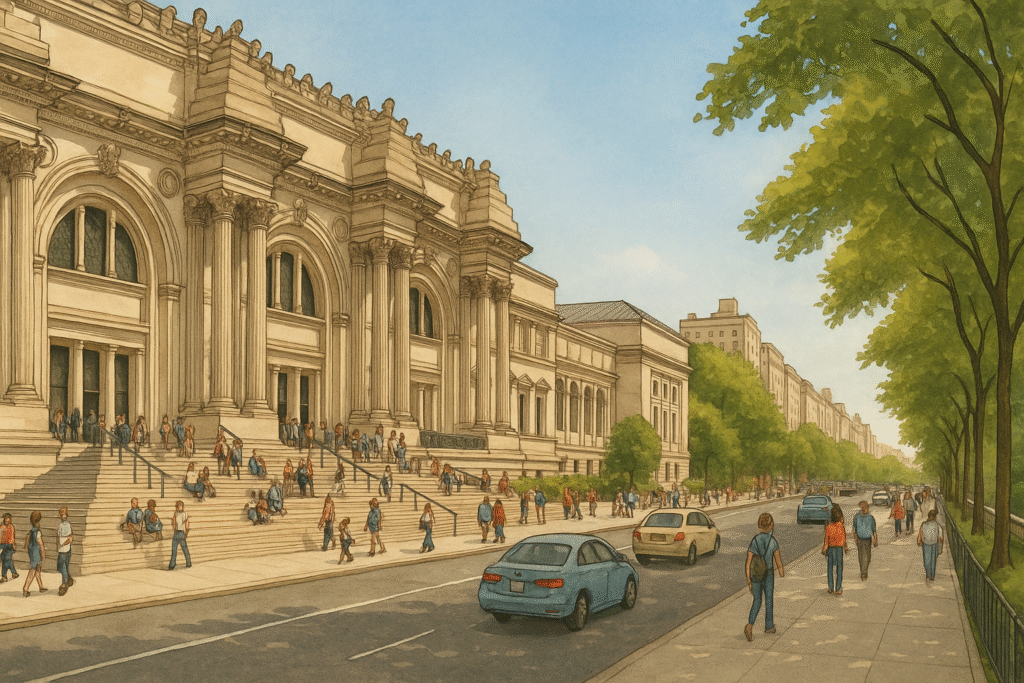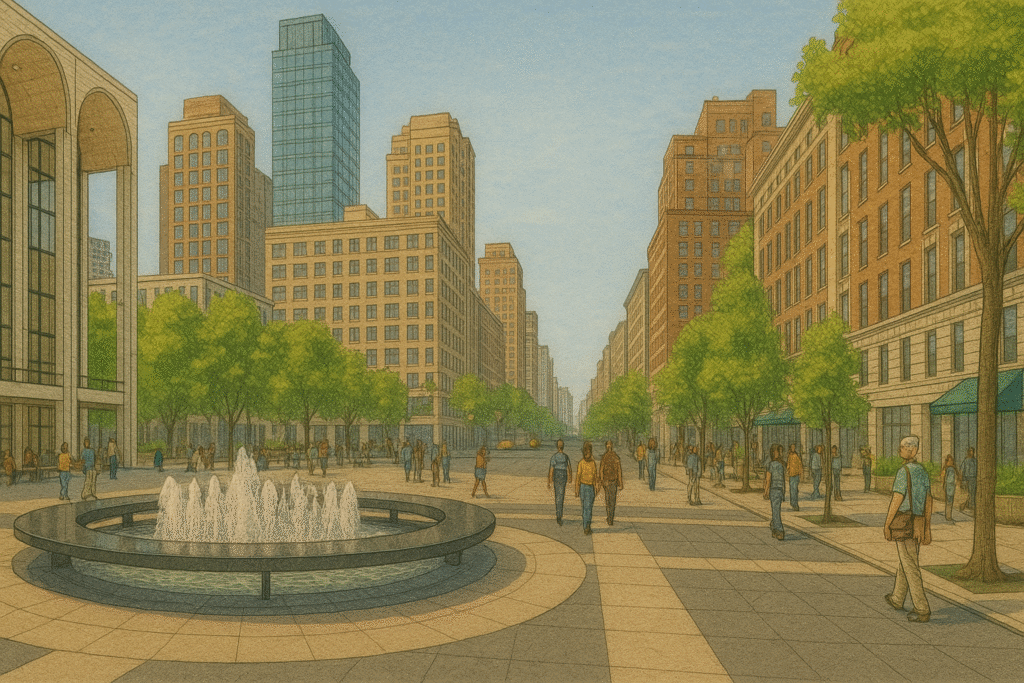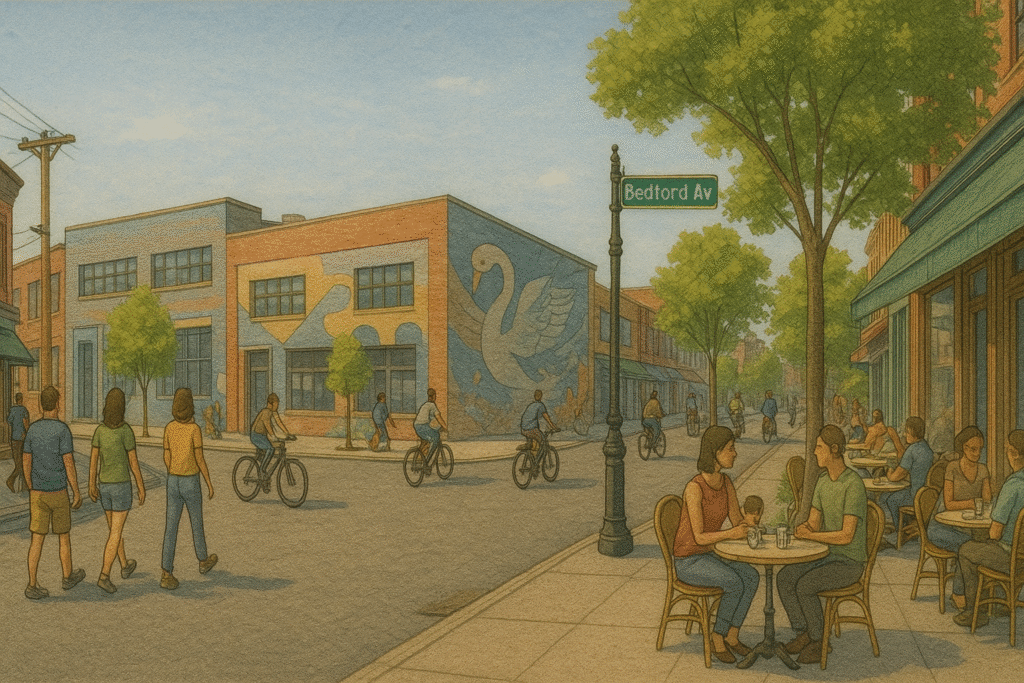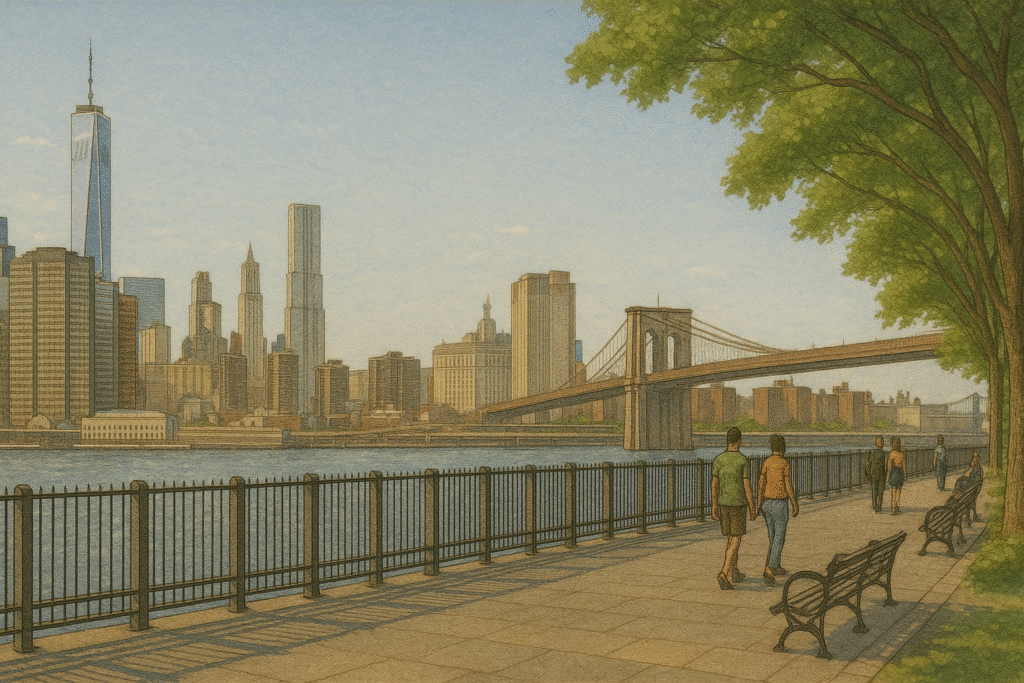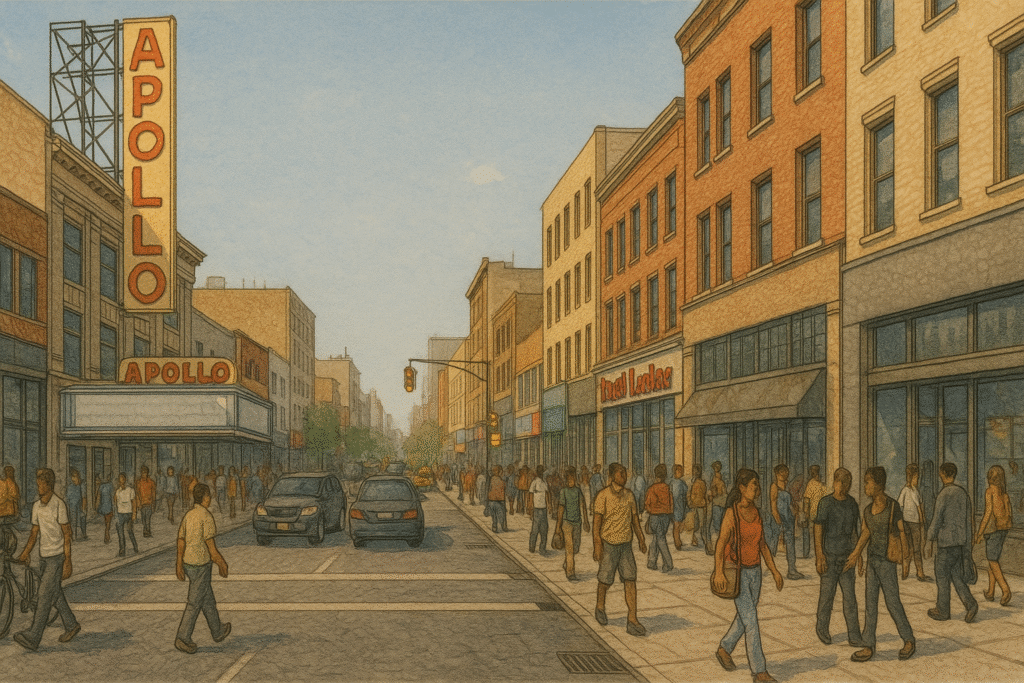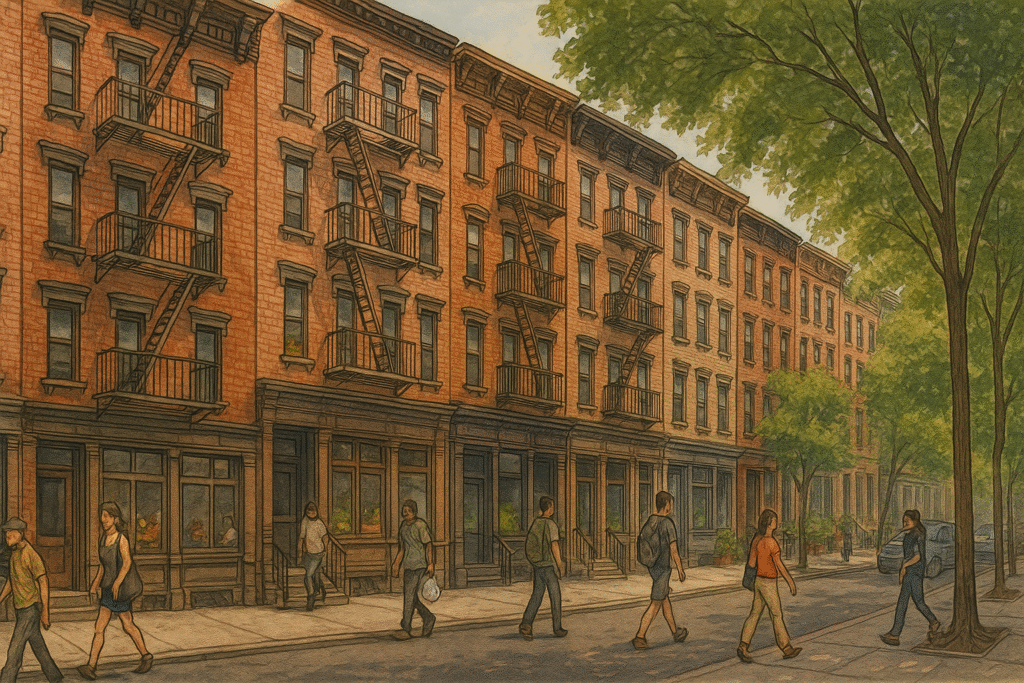New York does more than display its culture—it invites people to walk through it. Visitors don’t need an art degree or a background in history to feel the weight and wonder of the city’s most treasured spaces. These places are built for entry, built for return, and built to last.
This piece follows four such places: the Metropolitan Museum of Art, the Frick Collection, the American Museum of Natural History, and Lincoln Center. Each offers a different kind of beauty—some quiet and intimate, others monumental and filled with movement. Together, they give travelers a way to connect with the city through rhythm, light, and form.
These are not one-time stops. They draw people back year after year because they are built to reveal something new each time. Whether someone steps inside for ten minutes or three hours, the memory of the space tends to stay longer than expected.
The following sections move through galleries, halls, and performance spaces—each one built not just to show, but to shape how we look.
The Met — Room After Room of History
The Metropolitan Museum of Art does not announce itself with noise. It begins with stone steps, glass doors, and a wide entrance hall that filters light from above. The space opens slowly, one gallery at a time.
Inside, the variety is immediate. A visitor might step from a room of Egyptian columns into a hall lined with 18th-century portraits. The museum’s layout feels like a slow walk through time. The Great Hall, just past the entrance, sets the tone with vaulted ceilings and archways leading in every direction. From there, every turn leads to a new period, region, or medium.
One gallery, often remembered long after a visit, holds the Rembrandt paintings. The room is quiet, with soft light and dark frames that draw the viewer’s attention toward faces and shadows. Across the museum, installations shift between the grand and the intimate—stone temples, sculpture gardens, or still rooms with a single bench.
The Met rewards time, but it also works in pieces. Travelers might only see one wing or a single gallery on a first visit. That’s enough. The building welcomes both quick encounters and longer stays. Visitors leave with details that stay fixed in memory—a particular painting, a staircase, or the way afternoon light touched a carved figure.
The Frick Collection — A Home for Quiet Brilliance
The Frick Collection feels like a private visit more than a public outing. The building was once a residence, and much of that sense remains. Rooms are quiet, dimly lit, and arranged with purpose. Paintings, furniture, and sculpture sit where they might have when the house was still lived in.
The experience begins not with scale, but with intimacy. Visitors move through halls that open into smaller spaces, each holding a few works of art. Unlike larger museums, this one invites longer pauses. A person might sit in front of a single portrait without distraction. Framed paintings hang above carved fireplaces. Bronze and marble pieces stand near windows. Nothing competes for attention.
The works themselves are significant—Rembrandt, Vermeer, Turner—but the setting gives them a different weight. The arrangement feels personal. It allows visitors to notice texture, distance, and light without needing to rush or compare.
One of the most remembered spaces is the Garden Court. A skylit fountain sits at the center, surrounded by benches and plants. The room offers a break without requiring an exit. It’s a place where time slows without ceremony.
The Frick remains memorable not because of how much it holds, but because of how little it asks. It gives travelers a way to experience art without crowding the moment.
AMNH and Lincoln Center
The American Museum of Natural History fills its halls with scale. From the moment visitors step inside the main rotunda, a sense of awe takes over. A towering Barosaurus rears up on its hind legs, with a smaller predator frozen in front of it. The ceiling rises high above, drawing the eye upward. Children stop. Adults do too.
Exhibits span continents and centuries. Dioramas line the halls with life-size animals posed in detailed environments. The Rose Center for Earth and Space glows with a suspended sphere that holds the Hayden Planetarium. Escalators rise through glass walls that reflect the sky. Visitors shift between ancient bones and outer space without ever leaving the building.
Across the city, Lincoln Center presents a different kind of wonder. Its wide plaza leads to theaters built for music, dance, and opera. The fountain at the center creates a natural gathering point. People arrive dressed for performances or simply to watch the crowd. Glass façades reveal chandeliers, staircases, and the buzz before a show begins.
Inside, the experience narrows. Lights dim. The audience quiets. Sound or movement takes over. Whether someone attends a symphony or a ballet, the memory of that performance often includes the space around it—how it framed the event, how it welcomed the audience, how it stayed in mind afterward.
Together, these two places show how New York delivers wonder at every scale.
What We Keep, What We Share
These four places shape how visitors remember New York. They do not rush. They do not shout. They offer experiences that unfold over time, even after someone has left the building.
The Met invites return by offering endless variation. The Frick creates quiet focus. The Museum of Natural History connects vast subjects in one path. Lincoln Center brings motion and stillness together in performance. Each space becomes more than a stop on a map. It becomes a point of reference for memory, beauty, or stillness.
Travelers often speak of New York’s pace. These places adjust that pace. They allow for deep looking, for listening, and for reflection. No part of the city stays still, but these locations help people recognize what deserves attention.
Art, science, music, and memory live here. Visitors walk away with more than facts. They carry impressions that stay long after the trip ends.

The Street Sign
The Street Sign points the way to where things are — the parks, restaurants, museums, and everything else. These guides are built to save you time and energy. Need a plan for an NYC outing? Follow The Street Sign.
